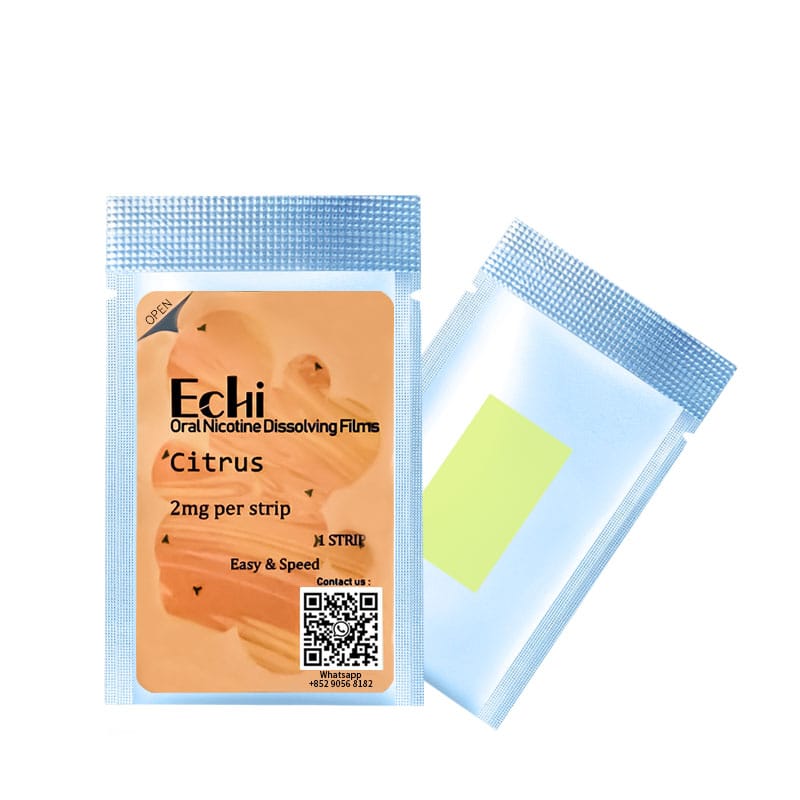If you’re getting into vaping THC, you’ll notice a variety of devices and vaping styles available. Two of the most popular types are vaporizing dry herb and vaping oil. But what are the similarities and differences between these two methods? Luckily, VaporFi is here to compare and contrast these styles. So let’s get into it…
The Similarities Between Dry Herb Vapes & Oil Vapes
- Vaporization Technology
Both dry herb vapes and oil vapes are designed to vaporize. They consist of a battery and a heating chamber. The user places their material of choice (flowers, wax, or oil) into the heating chamber and inhales to use the device. - Discreet & Portable
Both types of vapes are more discreet than traditional smoking. These devices are often sleek and portable, allowing for stealth sessions. They usually fit into any pocket, backpack, purse, or glove compartment, designed for on-the-go use (unless they’re desktop dry herb vapes). - User-Friendly
Both dry herb vapes and oil vapes tend to be easy to use. They have simple user interfaces and require minimal familiarity. Most devices can be operated by simply inhaling or pushing a single button. - Temperature Control
Both devices offer temperature control functionality. Depending on the model, the range of temperature regulation may vary, but both dry herb vapes and oil vapes allow users to adjust the temperature, which affects vaporization and the pace of the session. - Rechargeable Batteries
Both dry herb vapes and oil vapes feature rechargeable batteries, allowing them to be used multiple times. Most devices charge via USB or Type-C cables.
The Differences Between Dry Herb & Oil Vapes
- Vaporizing Materials
The most apparent difference between dry herb vapes and oil vapes is their ability to vaporize different materials. Dry herb vaporizers are designed to hold ground-up flowers in a heating chamber. Oil vapes, on the other hand, use a cartridge or tank meant for oil concentrates. Some devices are versatile and can handle herbs, oils, and wax. - Battery Life & Power Usage
Vaporizing dry herbs requires more energy than heating oil, meaning dry herb vapes need larger batteries and tend to be bulkier in design. Dry herb vapes also require more frequent recharging since their batteries run out faster. - Chamber vs. Cartridge
Dry herb vapes use a chamber to hold ground flowers, similar to packing a bowl, while oil vapes use cartridges that are replaced once the oil runs out. Some oil vapes have refillable cartridges. Dry herb chambers last longer, while oil vape cartridges need to be swapped when the oil runs out. - Maintenance
Neither device requires significant cleaning, but dry herb vapes may need occasional maintenance, particularly with the mouthpiece and filter screen. Oil vape cartridges are typically replaced when they run out, making them easier to maintain. - Versatility
Dry herb vapes are specifically designed for vaporizing ground flowers. In contrast, oil vapes can often be used with concentrates, wax, and other materials, making them more versatile in terms of the types of substances you can vaporize.
Conclusion
So, which vape type should you go for? The answer depends on your personal preferences. If you’re new to vaping, it may take some trial and error to figure out which device suits your style. Whether you’re looking for a dry herb vape or an oil vape, you can trust that VaporFi offers only the best of the best. And if you have any additional questions, our customer support team is here to help. We’d love to hear from you!






